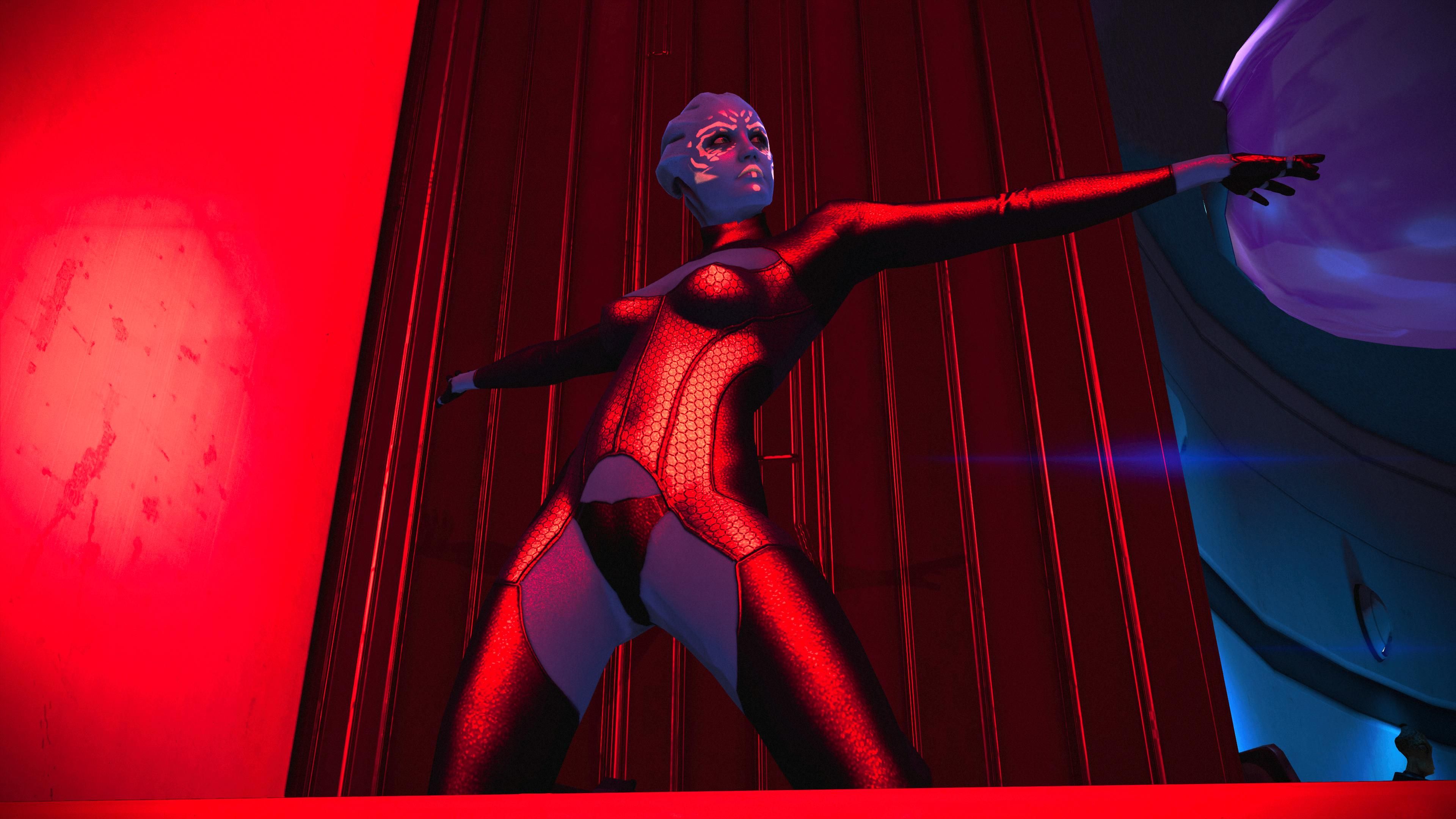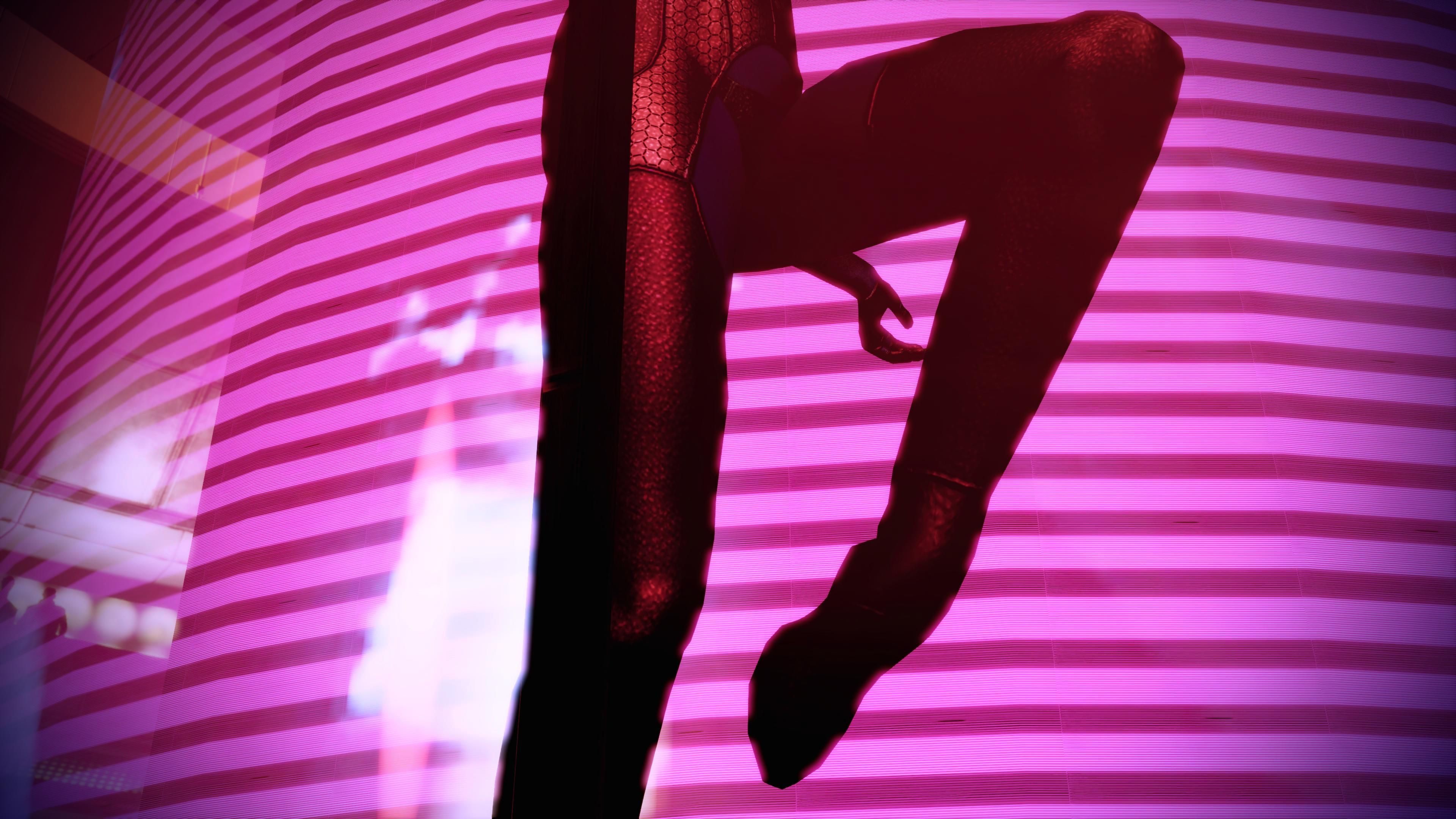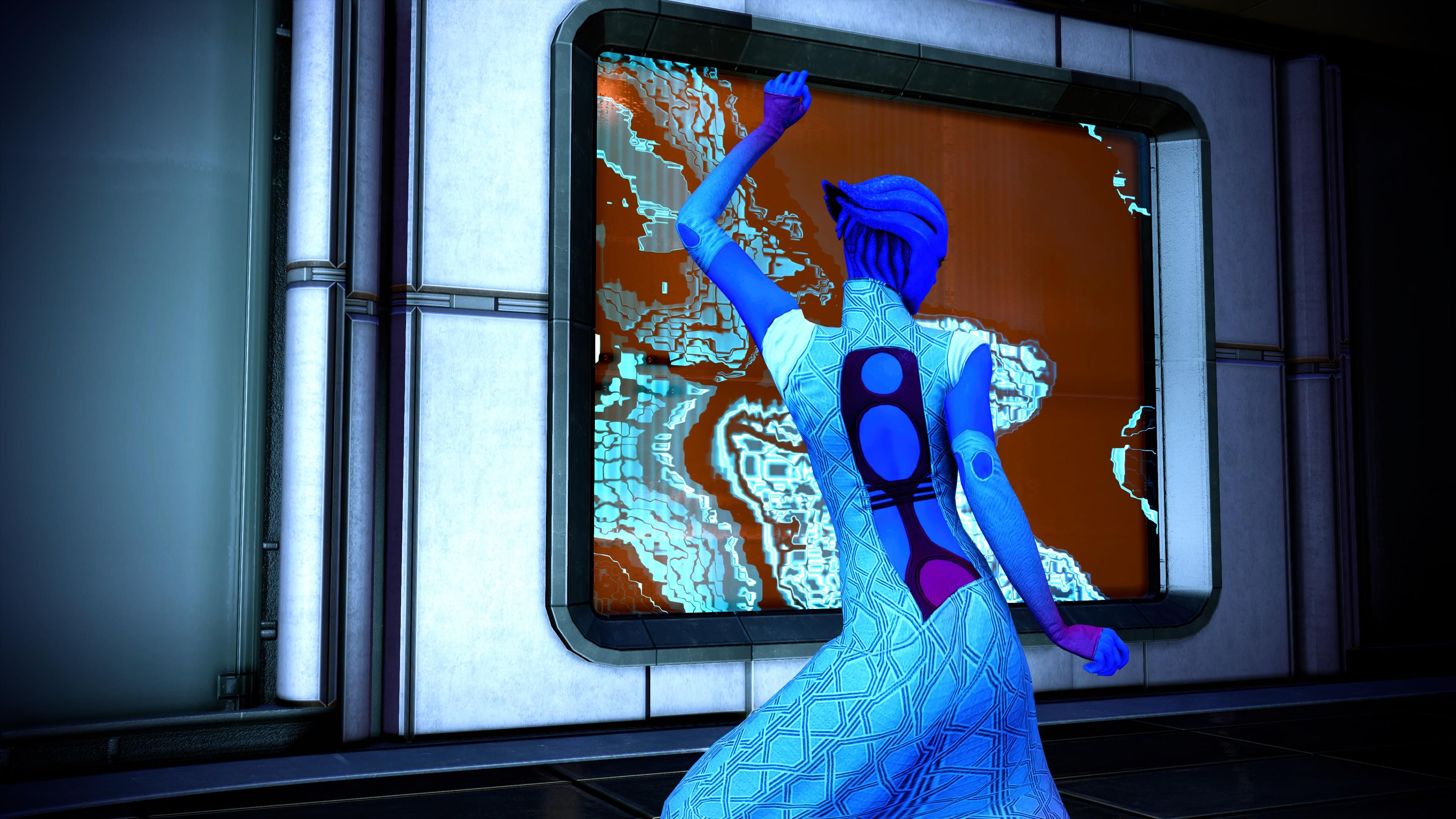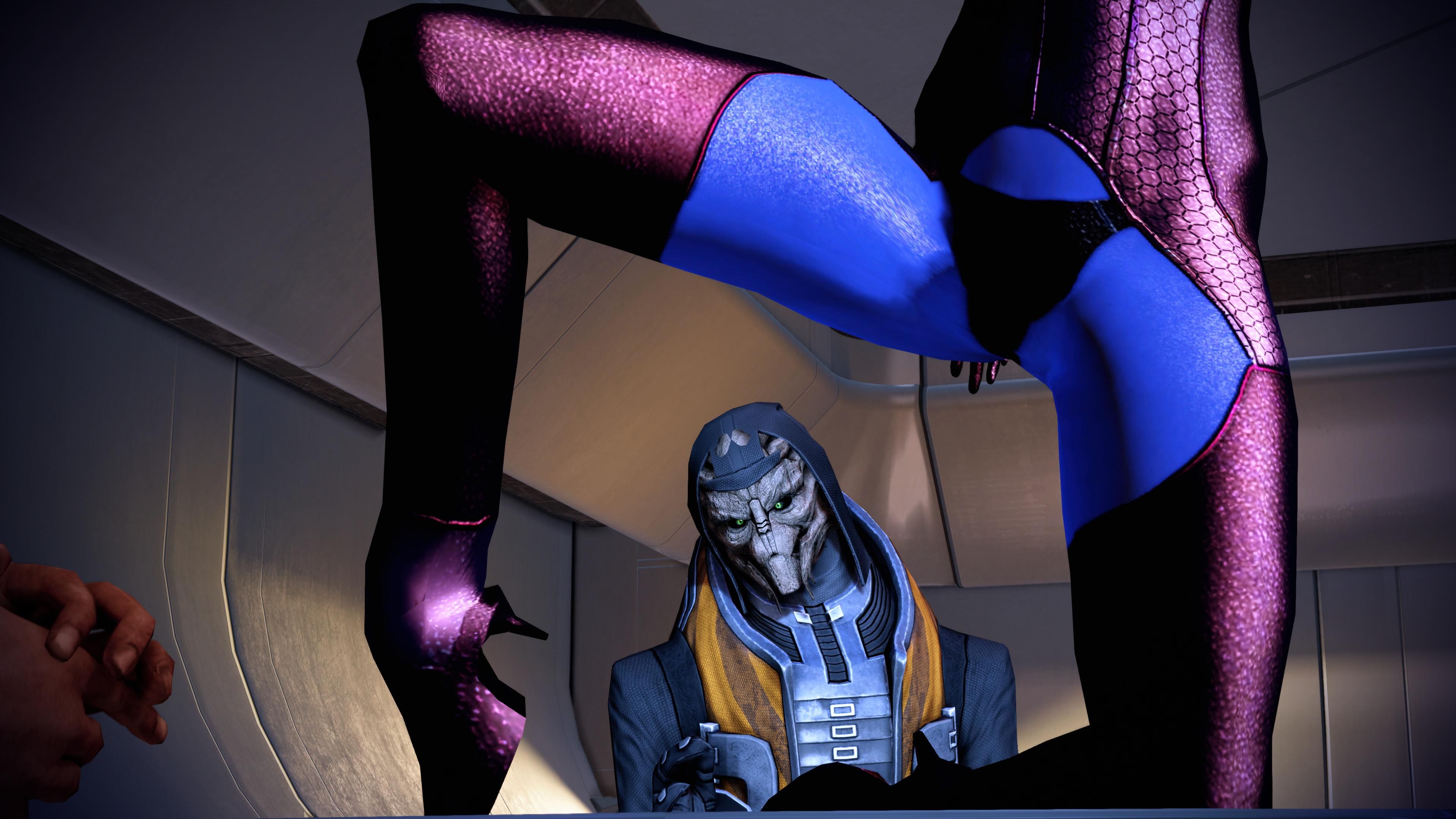There has been a collective excitement bubbling around Britain for the past few weeks as pubs have started to reopen, but that excitement has largely passed me by. I’m glad that restaurants are opening up, that small businesses can start to gain some footing, and that we can hopefully start to catch a glimpse of the light at the end of the tunnel, but pubs? I’m not sure what all the fuss is about.
I don’t begrudge people’s enjoyment, but I’m not sure I understand folk queuing up at eight o’clock in the morning for the first pint. You can drink at home and it’s cheaper, more comfortable, and not surrounded by strangers – sounds ideal if you ask me. All this to say that pubs, as a concept, aren’t really for me. Yet in Mass Effect, the bars are the most interesting, effective, and compelling avenues for world building, and across all three games, they’re the places I always head to as soon as I can.
Mass Effect has bars rather than pubs, a distinction which does tip the scales slightly, but still, it has been weird to watch the country celebrate the reopening of pubs while I venture to virtual ones. At the same time though, it feels particularly pertinent. Mass Effect is a series that means the world to me, and it provides the same comforts that pubs do – camaraderie, routine, and a distraction from the impending shadow of death.
Mass Effect, originally released in 2007, has quite a sparse design philosophy, no doubt enforced by the game’s scale. In order to make an RPG of such magnitude, details were sacrificed, and out of purity, these details remain absent in Legendary Edition. The first game favours natural environments, and it’s not until Mass Effect 2 that more urban world building is embraced. Even with that though, Chora’s Den is one of the most visually distinct places you venture to in the first entry. With vibrant reds and dark blues, Chora’s Den stands out as the dive of the damned, and the sense of defeat that seeps out of the place matches its clientele. We only ever go there to speak to the down-and-outs, or the parasites that leech off them, and this feeling of despair is soaked into the walls of Chora’s Den – along with, presumably, multiple other fluids.
Mass Effect 2 ventures indoors far more often, and as a result we see more bars, and they’re able to influence world building in much more meaningful ways. The obvious example of this is Omega, teeming with life, sleaze, and iniquity. It’s here that gangs are taking recruits to fight Archangel, where Morinth stalks her prey, and where Ari’s T’Loak rules over all. It’s also crammed with smaller stories, overheard in background dialogue or when Shepard orders a drink from the racist batarian. Mass Effect 2 is a game of the damned, where only those brave enough, stupid enough, or ready for death enough will join your cause, and Omega is the perfect centrepiece for that.
That being said, perhaps more pertinent to the themes of Mass Effect 2 are the other bars, found on Illium and the Citadel. While Shepard takes the flight to the Collectors, the galaxy at large parties on, oblivious. Eternity at Illium sees a bachelor party that succinctly showcases the difference between races and their attitudes to marriage, while the other patrons underscore how little Shepard’s fight matters to everyone else. You are an outcast, and nowhere is that more obvious than at the bars. Even at the Citadel, where you’d expect the fate of the galaxy to be higher up the priority list than it would be at the outer space Wall Street that is Illium, the party continues unabated. Both spots are equally full of stories as Omega is, with the bars providing the backdrop to the game more effectively than any of the planets.
While Mass Effect 3’s bars are similarly full of revellers, the tone is markedly different. In Mass Effect 2, it’s business as usual. In Mass Effect 3, it’s the last party before the end of the world. Toasts are being raised in sorrow rather than joy. Mass Effect 3’s bars are one giant ‘Here’s To Us’.
Its bar’s name, Purgatory, reflects the feelings of its patrons. With the Reapers here, many people feel as if they’re dead already, and are just awaiting the killing blow. Yet even with this, there is a markedly different tone post-Citadel attack. Across all three games, the Normandy is Shepard’s hub, but that’s not reflective of the wider galaxy. Those on the Normandy share Shepard’s experience, their quest, and with a handful of exceptions, all are military personnel with a focus on the battle ahead. The feelings of those on the Normandy are not a good barometer for how the regular citizens of the galaxy feel – for that, you need to head to the bars.
It’s not just the bars themselves, either. I’ve already written about the quiet drink with Chakwas on the Normandy in Mass Effect 2, but throughout Mass Effect 3 there are plenty of smaller moments of bonding over a few drinks, across the bars and throughout the Citadel DLC.
When we talk about Mass Effect’s world building, we tend to talk in very grand terms. The game literally builds entire worlds for us – even if we only see notable ones like Thessia as they stand on the brink of destruction. We think of these planets, of the impossibly deep Codex pages, of the complex histories between races and regimes. But as impressive as this is, it’s the smallest moments that are most impressive, and nowhere is that more evident than at the bars.
Source: Read Full Article



